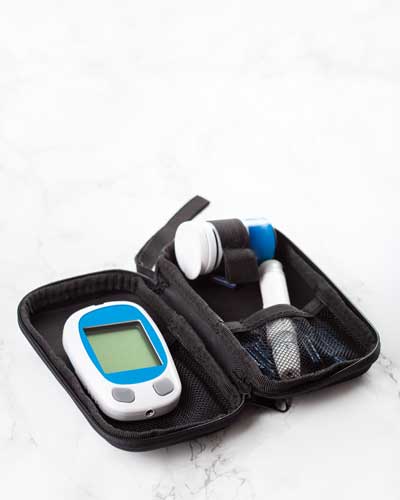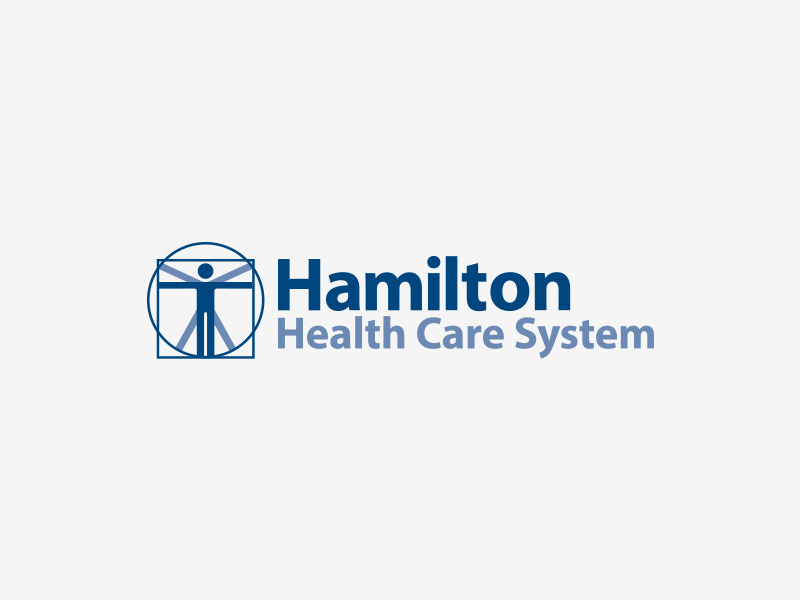Diabetes occurs when the body cannot move glucose from the bloodstream into the blood cells and cannot use it for energy. Insulin, a hormone made by the pancreas, is the “key” that moves the glucose into the blood cells. When there is not enough insulin or our bodies do not make insulin, high blood glucose can occur, which leads to health risks and complications.

There are different types of diabetes; the three most common types of diabetes are Type 1 Diabetes, Type 2 Diabetes, and Gestational Diabetes.
Type 1 Diabetes occurs when the body’s immune system mistakes the cells in the pancreas that make the insulin as invaders and destroys the cells that make insulin. The body is then unable to make insulin or enough insulin.
Type 2 Diabetes occurs when the body does not use insulin properly. It’s also called insulin resistance.
Gestational Diabetes occurs in pregnant women due to changes in how the body uses hormones. Blood glucose typically returns to normal after a mother delivers her baby but having gestational diabetes does put both the mother and baby at greater risk for developing Type 2 Diabetes later in life.
Services we offer:
- Medication Management
- Management of Type 1, Type 2, and Gestational Diabetes
- Continuous Glucose Monitoring (CGMs) Training
- Insulin Pump Training and Management
- Diabetes and Nutrition Education
Hamilton Diabetes and Endocrinology Center offers several diabetes and nutrition classes to help you manage your diabetes through lifestyle changes. We will also file your insurance for the class. Classes are offered weekly at various times, so call us today to learn more or to schedule your class! You can call us at 706-278-1622.
Classes we offer:
- Nutrition and Meal Planning
- Comprehensive Diabetes
- Comprehensive Basics
- Gestational Diabetes
- Carbohydrate Counting
*Classes are also offered in Spanish. A referral is needed for education classes but not for appointments with the Provider.
Click each topic below to learn more.
